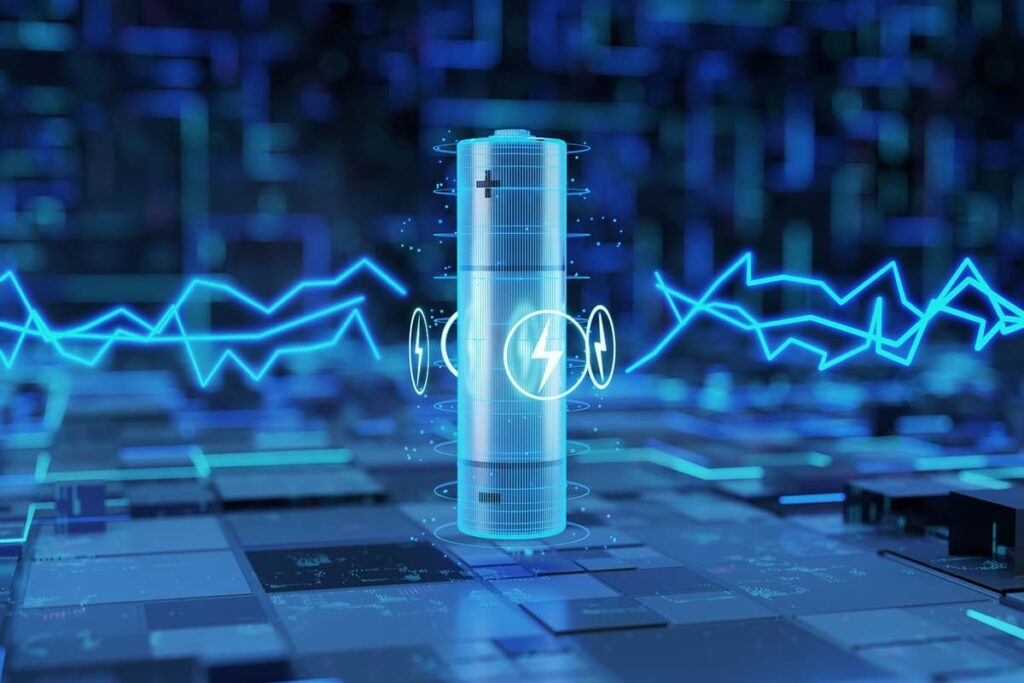Zap&Go: A Graphene Supercapacitor for Mobile Phones
Table of contents
Table of contents

As we highlighted in a recent article, with all the promises of graphene being the next super material to enable a host of disruptive technologies, the actual commercialization of graphene products seems to be progressing at a snail’s pace. However, one graphene enabled product we came across recently from a startup called Zapgocharger seems to have some disruptive potential. The Zap&Go is a graphene supercapacitor that can help extend the battery life of your smartphone.
About Zap&Go
Founded in 2013, Zapgocharger was originally called London Graphene. After receiving a UK Government grant, the company began to conduct market research into advanced energy storage applications (including supercapacitors) and in early 2014, licensed patents from the Materials Science group at Oxford University in chemical vapor disposition (CVD) graphene. CVD produces very high-quality graphene, orders of magnitude more conductive than copper, enabling Zapgocharger to develop supercapacitor applications.
The Zap&Go Product
eMarketer expects that as of 2014, 1.75 billion people in the world use smartphones. That’s 1 out of every 4 people. The number one feature that every smartphone user wants to see improved is that of battery life. Since almost all smartphones operate on lithium-ion batteries, we’ll need to wait for companies such as Amprius to develop advanced lithium-ion battery technologies that allow for more storage capacity. In the meantime, external chargers have become a popular way to increase battery life. Take the +Lifeguard Mini.
Plug the +Lifeguard into the wall for 5 hours to achieve a full charge and you can then recharge your smartphone 1.5 times while on the road. About the size of a lipstick pack, the product is currently available on Amazon for $23 USD. But what if you don’t have 5 hours to wait for the +Lifeguard to charge? Enter the graphene supercapacitor from Zapgocharger:
The graphene enabled ZAP&GO charger is the first supercapacitor based charger for smartphones. The advantage of a supercapacitor is that it can accept and deliver charge much faster than batteries, and tolerate many more charge and discharge cycles than rechargeable batteries. Just how fast can it charge? Zap&Go claims that their supercapacitor can charge in just 5 minutes.
The ZAP&GO loses only 20% of its power in 72 hours (about the same rate as a lithium battery). The price of a ZAP&GO charger is just $149 plus postage and packing and it comes with 5 clip-on plug adaptors that cover all sockets around the world. The unit is clearly larger than a lipstick package, and weighs 12.35 ounces.
Conclusion
At this price point, the product is not cheap. Will consumers really pay an extra $120 USD to save some charging time? The answer seems to be yes. Zap&Go launched an Indiegogo campaign late last year in which they were looking to raise $30,000 to bring the product to market. They raised nearly 4 times that amount with the campaign closing at $114,000 raised. Those who funded the campaign can expect to receive their graphene supercapacitors in Q3 of this year and in Q4 2015, the product is expected to begin shipping to distributors.
While the current price point makes this more of a luxury product compared to lithium alternatives such as the +Lifeguard Mini, it’s still exciting to see what appears to be the first portable graphene-enabled energy storage device coming to market soon.
Sign up to our newsletter to get more of our great research delivered straight to your inbox!
Nanalyze Weekly includes useful insights written by our team of underpaid MBAs, research on new disruptive technology stocks flying under the radar, and summaries of our recent research. Always 100% free.
















Agree that “the actual commercialization of graphene products seems to be progressing at a snail’s pace”, and the Zapgocharger looks very compelling to me as an avid i-Phone user…but not at $149. I’m sure they’ll be bought out by someone or get funding to ramp production to levels where they are able to lower the cost.
Additionally, Graphene 3D Lab is going to be commercializing graphene-enhanced filaments (sales to begin by March) according to this news:
(Link is now broken so this has been removed)
As far as I know, this will make Graphene 3D Lab1st to market with graphene filaments on any scale. Your earlier article on the company came across (to me anyway) as doubtful that the company would have a commercial launch and/or generate revenue.
I hope after they officially launch their filaments you might publish an update?
Gary
Thank you for the comment Gary. We’d fully agree with you that $149 is not a compelling price point. Let’s see first if they can bring the product to market on time and that the functionality meets expectations.
In regards to Graphene 3D Labs, we are skeptical when any OTC company makes the promise of future revenues and will be pleasantly surprised if meaningful revenues, or any revenues at all for that matter, are realized in Q1 2015 for Graphene 3D Labs. This will immediately beg some questions from investors. What price point(s) is the product being sold at? Who is buying it? How sustainable are these revenues? What are the barriers to entry for graphene filament? What about Filabot?
http://3dprint.com/13724/filabot-new-filaments-graphite/
While Filabot claims to have launched nanotube and graphite filament in September of 2014, will they release a graphene filament in response? Given your points here and the strong interest from readers, we’ll certainly look to highlight Graphene 3D Labs in a future article as the story unfolds.
Interesting product that definitely answers a current market demand but do they have any performance specifics such as specific capacitance, energy density, or power density?
Thanks,
-Rob